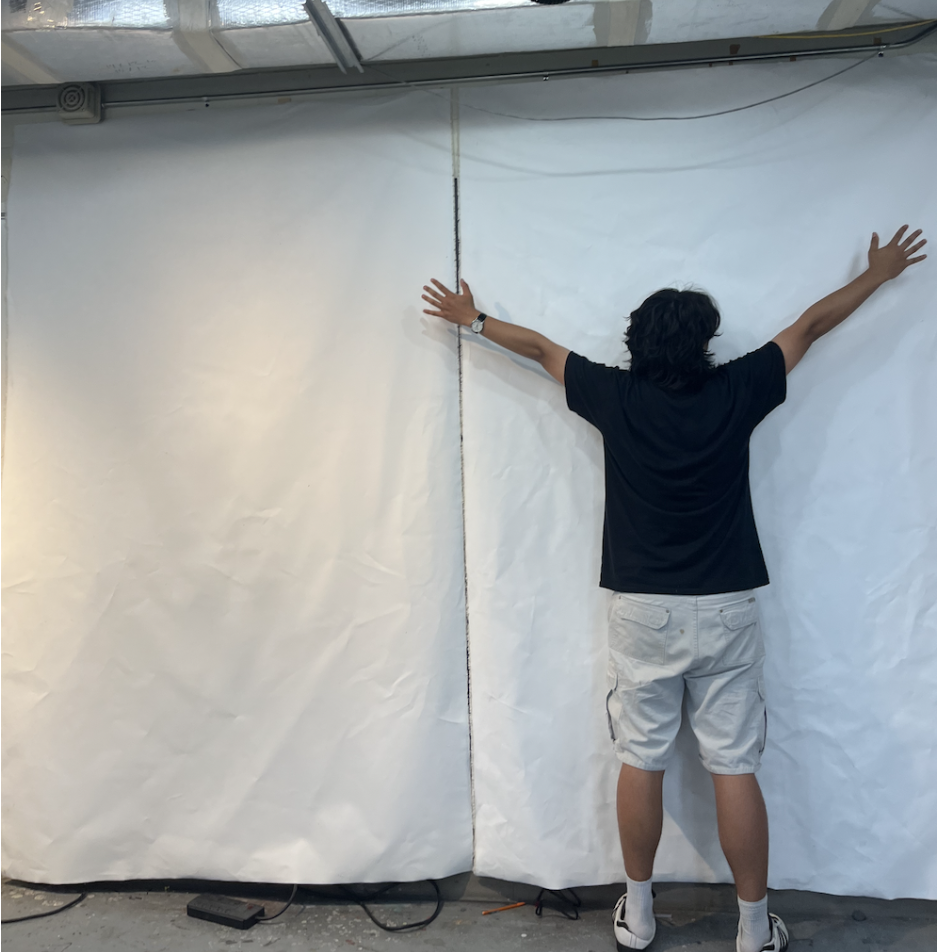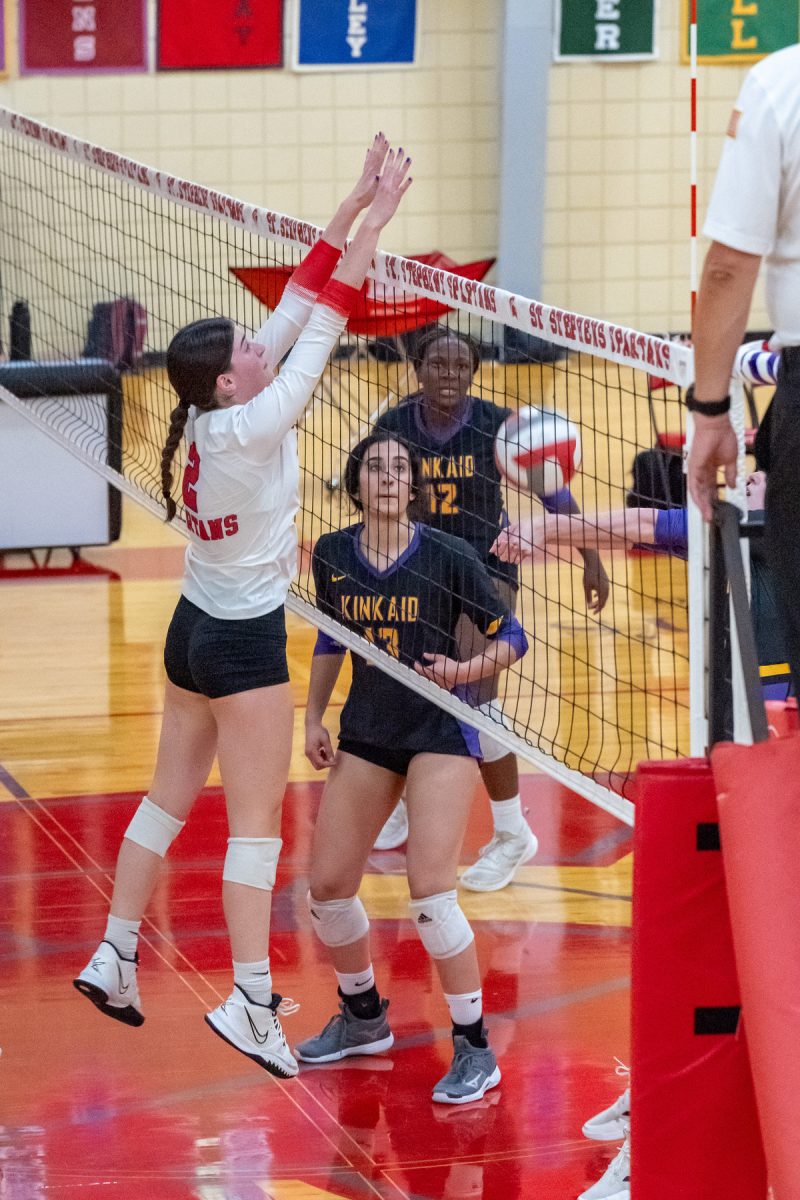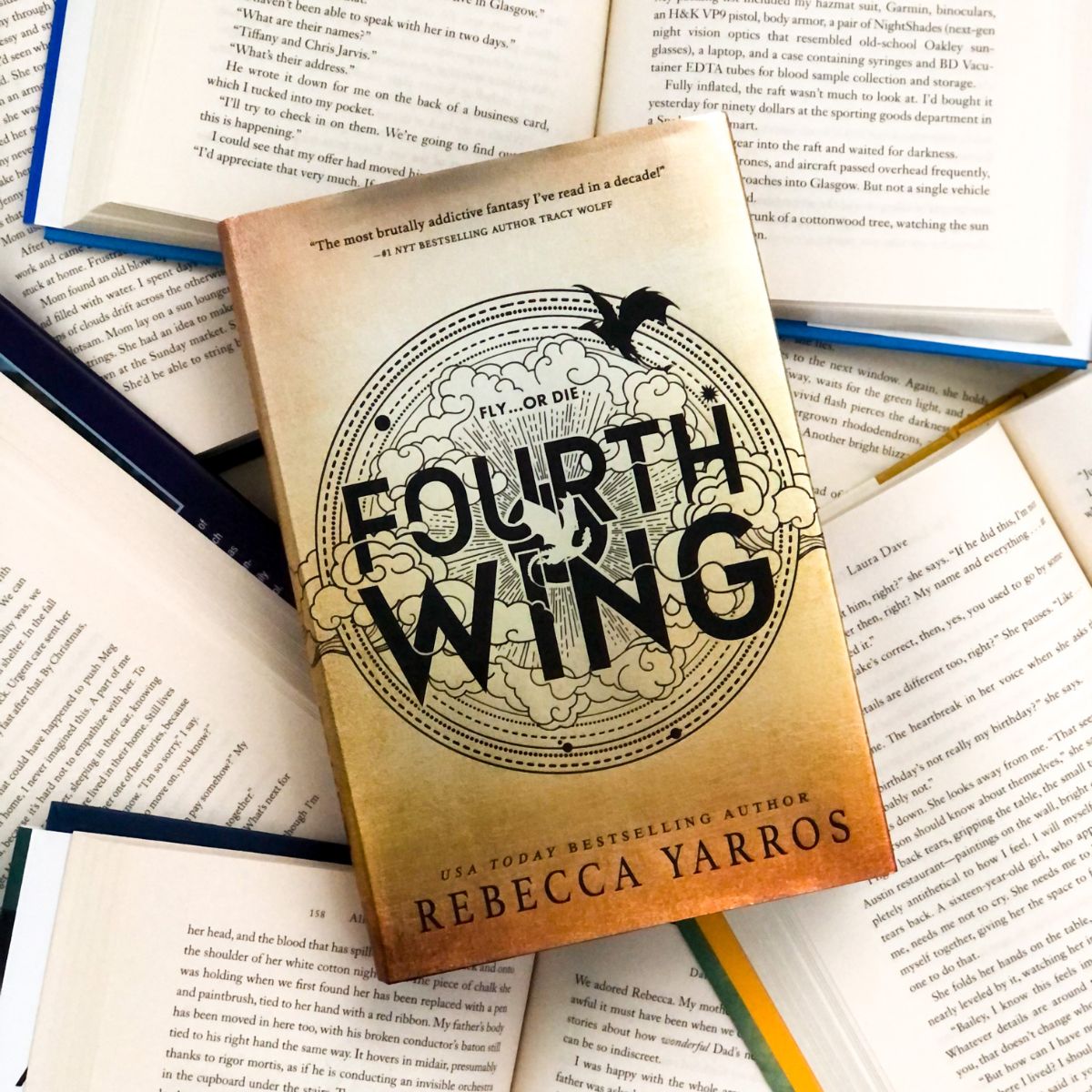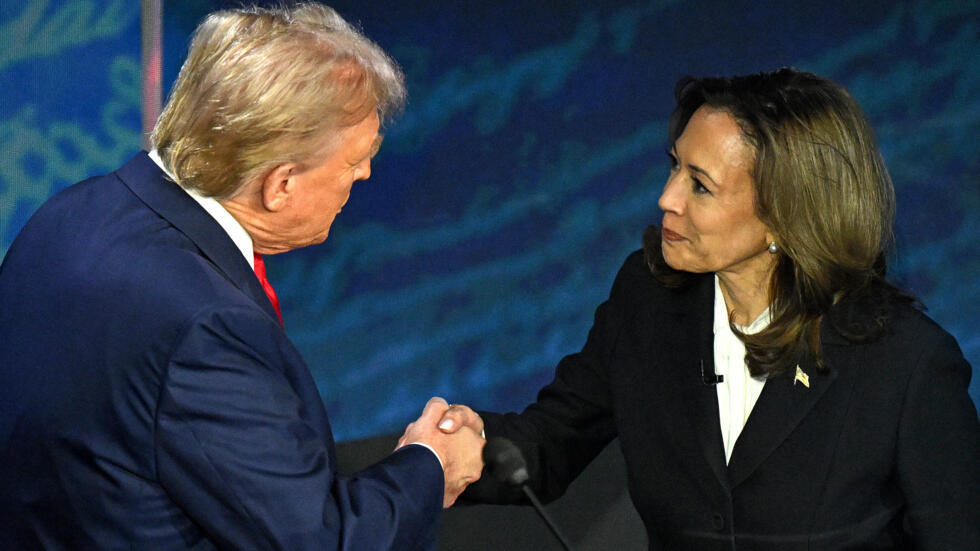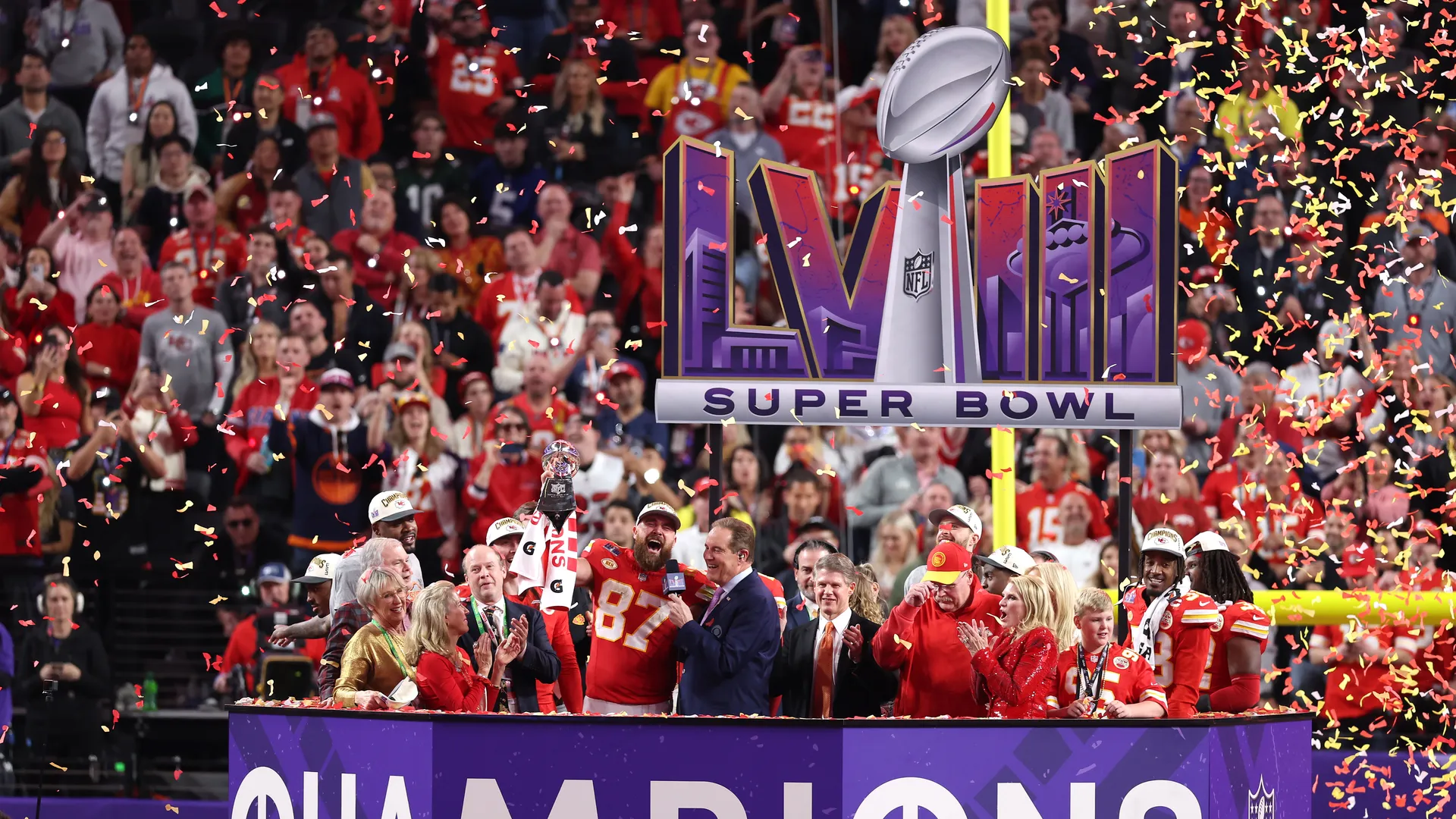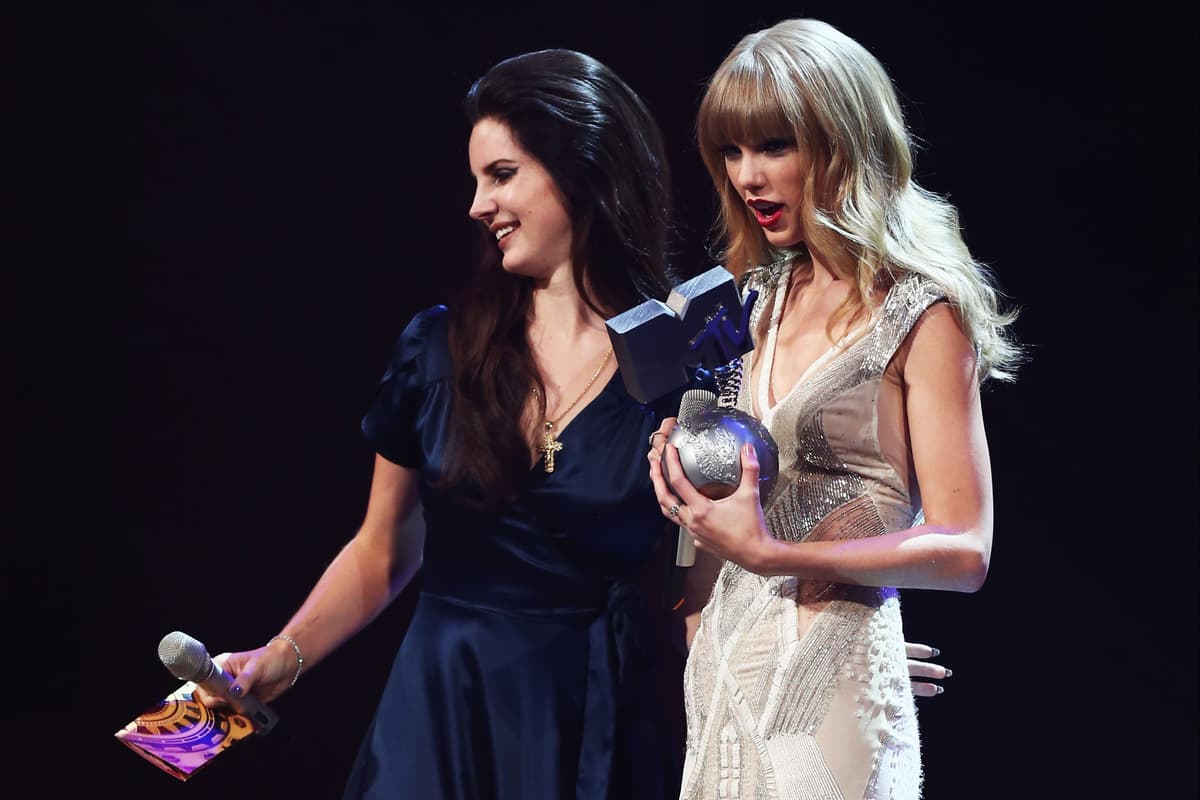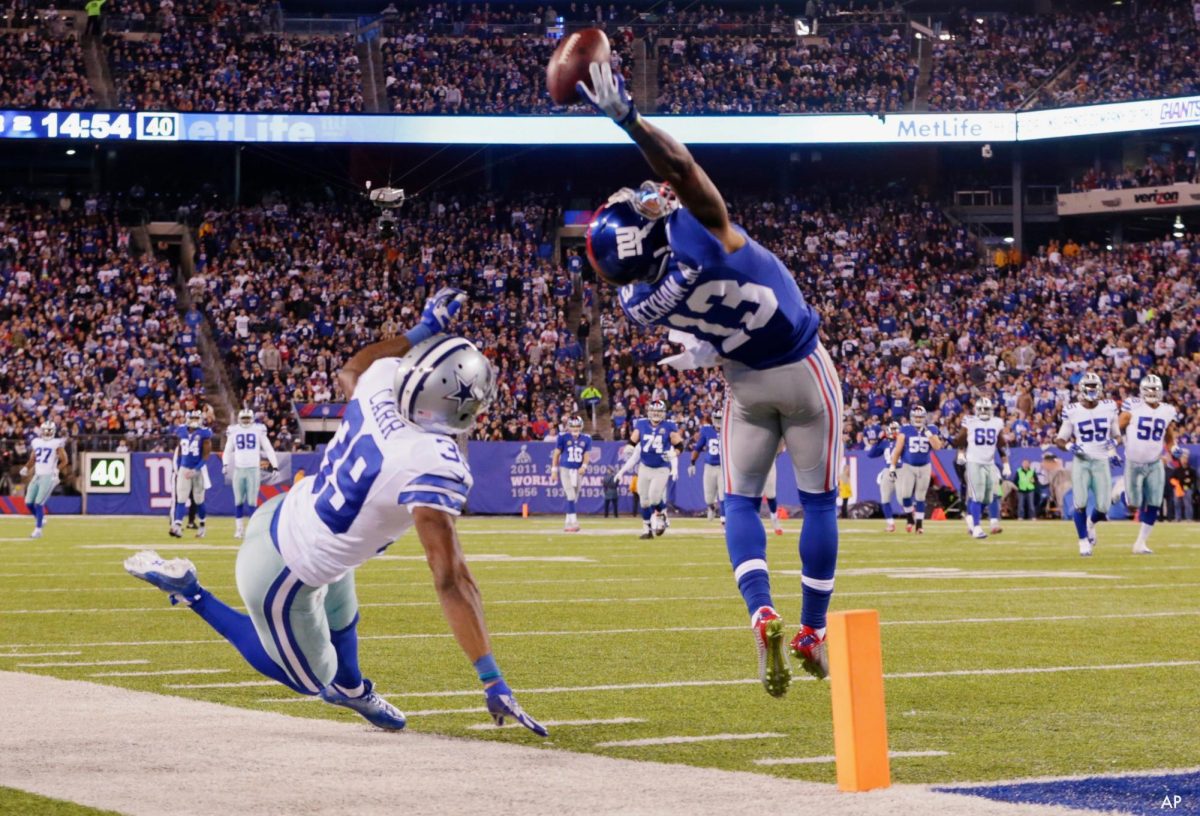November 23rd, 2014: The Dallas Cowboys are hosting the New York Giants in a divisional matchup. The Cowboys are down 4 points as the commercial break ends, signaling the start of the second quarter, and the Giants’ offense jogs out onto the field. The play that follows is immortalized in football history. Eli Manning gets the ball from under center, fakes the handoff, and rolls right. He spots his target, Odell Beckham Jr., running down the right side of the field, and launches the ball up to his double-covered star receiver. Even though a defender commits a bad pass-interference penalty, Odell keeps his composure and somehow manages to snag the ball with just 3 fingers of his right hand. American football fans, including the announcers, are in disbelief—has he really just caught the ball with one hand? The 2014 Giants vs. Cowboys matchup went into the history books as the game with the greatest catch of all time. For weeks and weeks, every football TV and talk show discussed this catch; the nation wanted to bask in the impossibility of what had happened.
Odell’s unbelievable catch single-handedly (get it?) created a massive trend as hundreds of thousands of kids desperately tried to emulate the one-in-a-million viral grab. The phrase “Throw me an Odell!” could be heard during practically every game of catch across the country, even making its way to college football. Odell’s catch inspired flag football players, high school receivers, and college athletes to practice for the highlight reel catch—instead of spending their time mastering the fundamentals. Attempting a one-handed catch may look incredible, but the success rate is significantly lower than using two hands. College coaches began to see their players attempting more flashy one-handed snags during actual games, even when players were able to put two hands on the ball. Frustrated by their showy behavior, many coaches threatened to bench their receivers if they attempted such catches.
Today, we see athletes across different sports make some pretty remarkable plays. The SportsCenter Top Ten is a compilation of the most amazing, flashy, and awe-inspiring plays from one day in the sports world. If you were to watch, you’d likely see a bicycle kick during a soccer match, a behind-the-back pass during a basketball game, or even an incredible one-handed catch in football—regardless of the sport, the clips are always impressive. SportsCenter doesn’t just show the highlights, though: it also has the SportsCenter Not Top 10, which features the funniest, weirdest, and stupidest plays in sports. The most common way people make this list? An athlete attempts something fancy, over-the-top, or flashy, and it ends up having a significantly worse payoff than the alternative of keeping it simple. You’ll find that typically, the younger, less experienced, and less proven players are on this list, as opposed to the veterans, because they don’t yet understand that it’s not about the highlight reel catch, but the results that stem from doing the simple, boring things consistently over time. The most successful athletes may not appear on the highlight reel very often, and they certainly won’t go out of their way to make the Top 10, but they also don’t make the Not Top 10 list either. These elite performers have mastered the simple things that their competition takes for granted, so they rarely find themselves on the two extreme ends of the highlight real spectrum.
We tend to skim over the boring basics frankly because they aren’t as fun. Sure, it’s still possible to rehearse the spectacular, but practicing the fundamentals has an astronomically larger return on investment.
Michael Jordan famously said, “Winners don’t just learn the fundamentals, they master them.” While he may have made more than a handful of highlight reels during his career, his legacy was built on his consistent ability to do the simple things right, all the time. The impossible goals, crazy shots, and wild catches are not byproducts of hours practicing the spectacular; his highlight reel plays come from his mastery of the fundamentals. In the short term, learning a cool new move seems much more rewarding, but long-term success—in sports, business, and life—comes from doing the simple things right, over and over and over again. This principle is applicable no matter the industry, no matter the position, no matter the endeavor: in virtually any context, the tail end of the bell curve possesses an anti-highlight-reel mindset.
This same principle is commonly discussed in the business sphere. In a recent conversation on The Pro-Files Podcast, Kurt Wilkin, founder and CEO of HireBetter, shared, “So many people think that to find success as an entrepreneur, they have to come up with an idea that has never been done before. That’s not true. Success comes from finding one thing to do differently and better than other people, and maximizing for that.” Successful careers come down to amplifying the simple things and doing them consistently over a long period. It may not be the most glamorous choice, but it certainly is the most successful.
The highlight reel catches are fun to practice, but using two hands will yield better results; the highlight reel investments are fun to search for, but investing mainly in a stable stock will produce the best return over time; the highlight reel skills are cool to learn, but a mastery of the fundamentals proves superior over the long course of one’s career.





